Introduction: Ferrari’s Legacy of Performance, Innovation, and Passion
Ferrari is more than just a car brand—it is a symbol of luxury, performance, and engineering excellence. Over the past 70+ years, Ferrari has evolved from a humble racing team to a global powerhouse in the automotive industry. Its cars are not simply transportation; they represent a lifestyle, a passion for speed, and a commitment to perfection that has captured the imaginations of enthusiasts, collectors, and drivers worldwide.
The Ferrari brand is synonymous with unparalleled performance, cutting-edge technology, and iconic design. It is a name that inspires reverence in automotive circles, and its cars continue to be the epitome of what is possible in the world of high-performance sports cars. But how did Ferrari reach such lofty heights? What key moments and milestones in Ferrari’s history shaped it into the automotive legend it is today?
In this article, we will delve deep into Ferrari’s history, exploring its founding, growth, motorsport legacy, and the development of its extraordinary lineup of road cars. We will examine how Ferrari blended racing technology with consumer demand, and how the brand’s identity was shaped by its founder, Enzo Ferrari, and the talented engineers, designers, and drivers who followed in his footsteps. Furthermore, we will explore the challenges and triumphs that have defined Ferrari’s journey, shedding light on the pivotal moments that have solidified Ferrari as the pinnacle of automotive excellence.
1. The Origins of Ferrari: Enzo Ferrari and the Birth of an Icon
The Early Years of Enzo Ferrari
The story of Ferrari begins with its charismatic and visionary founder, Enzo Ferrari. Born in Modena, Italy, in 1898, Enzo Ferrari developed a passion for cars and racing from a young age. However, his early career didn’t start in the automotive world. Initially, Enzo worked as a mechanic and a driver, and it was during his racing career in the early 1920s that he began to form the ideas that would eventually shape his legacy.
In 1929, Enzo founded the Scuderia Ferrari racing team, which would go on to achieve legendary success in the world of motorsport, particularly in Formula 1. Initially, Scuderia Ferrari was a racing team for Alfa Romeo, but Enzo’s ambition soon led him to form his own car company.
The Birth of Ferrari S.p.A.
In 1939, Ferrari founded Auto Avio Costruzioni, which later became Ferrari S.p.A. in 1947. The company’s first car, the Ferrari 125 S, was introduced in 1947. Powered by a 1.5-liter V12 engine designed by Giuseppe Busso, the 125 S was a prototype that marked the start of Ferrari’s journey in producing road cars. This car laid the foundation for Ferrari’s focus on high-performance, luxury, and distinctive design—values that would define the brand for years to come.
2. Ferrari’s Early Success in Motorsport: A Racing Legacy
Formula 1 and Early Triumphs
Ferrari’s participation in Formula 1 started in 1950, marking a pivotal moment in the brand’s history. Since then, Ferrari has been involved in nearly every single Formula 1 season, becoming synonymous with the sport. Ferrari’s first Formula 1 victory came in 1951, and by 1952, Ferrari had firmly established itself as a competitive force in the motorsport world. Juan Manuel Fangio, one of the greatest drivers of all time, took the Ferrari car to victory, showcasing Ferrari’s strength in engineering and its ability to compete at the highest level.
Ferrari’s success in motorsport would define its image for decades to come. The brand’s Formula 1 cars became some of the most technically advanced and innovative vehicles in the world, pushing the limits of what was possible in terms of speed, handling, and technology.
Le Mans and Endurance Racing
In addition to Formula 1, Ferrari also found great success in endurance racing—particularly at the prestigious 24 Hours of Le Mans race. Ferrari’s involvement in Le Mans began in the early 1950s, and the brand quickly established itself as a dominant force. Ferrari’s V12 engines, derived from the company’s racing heritage, provided the performance and reliability needed for long-distance racing. Ferrari’s success at Le Mans helped cement the brand’s image as a producer of both fast and durable cars.
Ferrari’s continued success in motorsport, both in Formula 1 and endurance racing, was key in building the company’s reputation for technical excellence and performance, helping it transcend its racing roots and transition into a renowned road car manufacturer.
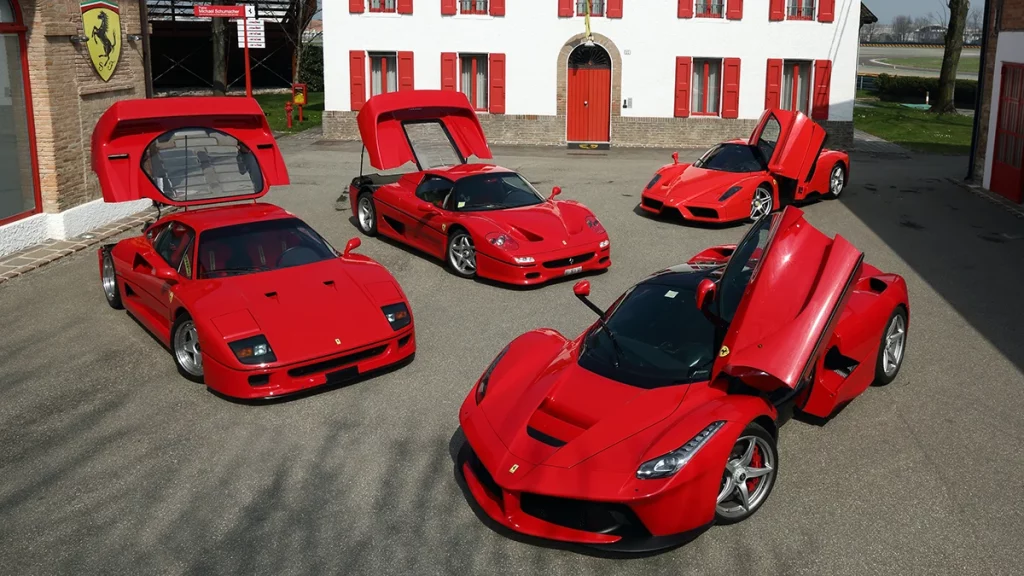
3. Ferrari’s Road Cars: The Intersection of Innovation and Luxury
The Ferrari 166MM: Early Road Cars and Design Innovation
Ferrari’s success on the racetrack translated into its early road cars, which quickly gained a reputation for luxury and high performance. The Ferrari 166MM, introduced in 1948, was one of the first examples of a Ferrari road car that combined elegant design with race-bred performance. The car was powered by a 2.0-liter V12 engine, producing a top speed of 120 mph—a remarkable feat for its time.
The 166MM and its successors showcased Ferrari’s focus on lightweight construction, performance-oriented engines, and aesthetic appeal. Over the years, Ferrari’s road cars would continue to evolve, with models like the 250 GT, 275 GTB, and Dino 246 setting new standards for sports car design and performance.
Ferrari 250 GTO: The Golden Era of Ferrari Road Cars
The Ferrari 250 GTO remains one of the most iconic Ferrari cars in history. Introduced in 1962, the 250 GTO was a racing car homologated for road use, featuring a 3.0-liter V12 engine that could achieve speeds of up to 174 mph. With its stunning design and track-ready performance, the 250 GTO became the quintessential Ferrari—a vehicle that combined Ferrari’s commitment to racing with its desire to produce road cars that offered ultimate performance and luxury.
The 250 GTO’s legacy has only grown over the years, with auction records frequently broken for the rare car, further solidifying its place as a collector’s item and symbol of Ferrari’s engineering prowess.
4. Ferrari in the 1970s and 1980s: Expansion and Diversification
The Ferrari 365 GTB/4 (Daytona)
In the 1970s, Ferrari entered a new era with the Ferrari 365 GTB/4, commonly known as the Ferrari Daytona. Introduced in 1968, the Daytona was a high-performance GT car powered by a 4.4-liter V12 engine. It became one of the most important Ferrari road cars of the period, offering blistering speed, a refined interior, and cutting-edge technology for the time.
With the Daytona, Ferrari continued to blend performance with luxury in a way few other manufacturers could match. The model was widely regarded as one of the best-driving Ferrari cars of the era, showcasing the company’s ability to produce both elegant and performance-focused machines.
Ferrari’s Expansion under Fiat Ownership
In 1969, Ferrari was acquired by Fiat, a move that provided the brand with the financial backing needed to expand its operations while maintaining its reputation for excellence. The collaboration with Fiat led to the development of several groundbreaking models, including the Ferrari 308 GTB and Ferrari 512 TR. These models helped Ferrari grow its customer base and solidify its position in the global luxury car market.
5. Ferrari’s Modern Era: Embracing Technology, Sustainability, and Innovation
The Ferrari F40: Ferrari’s First Supercar
The Ferrari F40, introduced in 1987 to celebrate Ferrari’s 40th anniversary, remains one of the most famous and revered models in Ferrari’s history. Powered by a 2.9-liter twin-turbo V8 engine, the F40 was the brand’s first true supercar, offering blistering performance, razor-sharp handling, and a minimalist design focused solely on maximizing driving enjoyment. The F40’s raw, unrefined nature and extreme performance made it a true Ferrari icon and a benchmark for future supercars.
The 21st Century: Ferrari Enters the Hybrid Era
In recent years, Ferrari has embraced new technologies, including hybrid powertrains and advanced aerodynamics, while staying true to its core principles of performance and luxury. The introduction of the Ferrari LaFerrari, Ferrari’s first hybrid hypercar, marked a major milestone for the company. The LaFerrari combined a 6.3-liter V12 engine with a **120 kW electric motor, achieving a combined power output of 950 horsepower. It was a testament to Ferrari’s ability to innovate while maintaining the unparalleled performance the brand is known for.
Electric Ferrari: The Future of the Brand
Looking to the future, Ferrari is expanding its portfolio with fully electric vehicles. While Ferrari has been slow to adopt fully electric technology compared to some competitors, the brand has been making strides in creating an electric supercar that upholds Ferrari’s legacy of performance, design, and craftsmanship. Ferrari’s first fully electric model is expected to combine cutting-edge battery technology, hybridization, and the brand’s signature styling, pushing the boundaries of what an electric supercar can achieve.
6. Ferrari’s Global Impact: Cultural Influence and Brand Value
Ferrari’s influence stretches far beyond the automotive world. The brand has become a cultural icon, with its cars symbolizing wealth, status, and passion. Ferrari is often seen as a dream car, representing the aspiration to own a machine that stands as the ultimate in luxury and performance.
Ferrari’s legacy in motorsport continues to influence the design and development of road cars. Its Formula 1 success has earned the brand a loyal fan base and elevated its status as the premier sports car manufacturer in the world. The company’s unique blend of technology, performance, and heritage has made Ferrari a name recognized globally.
Conclusion: Ferrari’s Enduring Legacy and the Road Ahead
Ferrari’s history is a testament to the power of vision, passion, and dedication. From its modest beginnings under the leadership of Enzo Ferrari to its current position as a leader in the luxury automotive world, Ferrari has built a legacy that spans decades of innovation, performance, and racing excellence. As the brand moves into the future, Ferrari continues to evolve—balancing traditional performance with modern technologies like hybrid and electric powertrains. In doing so, Ferrari remains the pinnacle of automotive achievement, continually shaping the future of high-performance sports cars for generations to come.



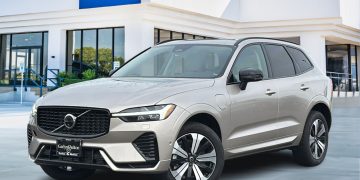
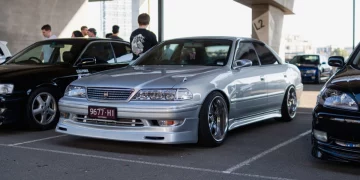

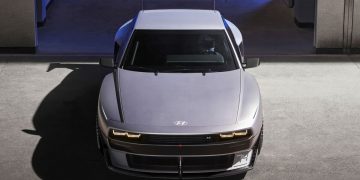

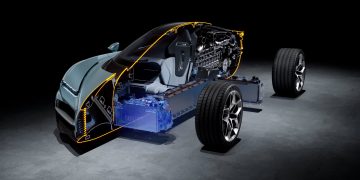





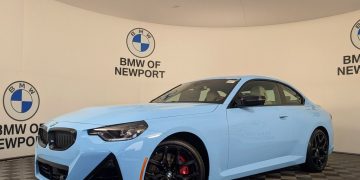
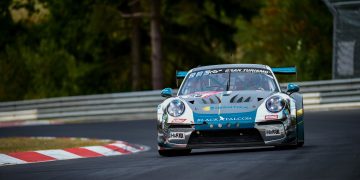


















Discussion about this post